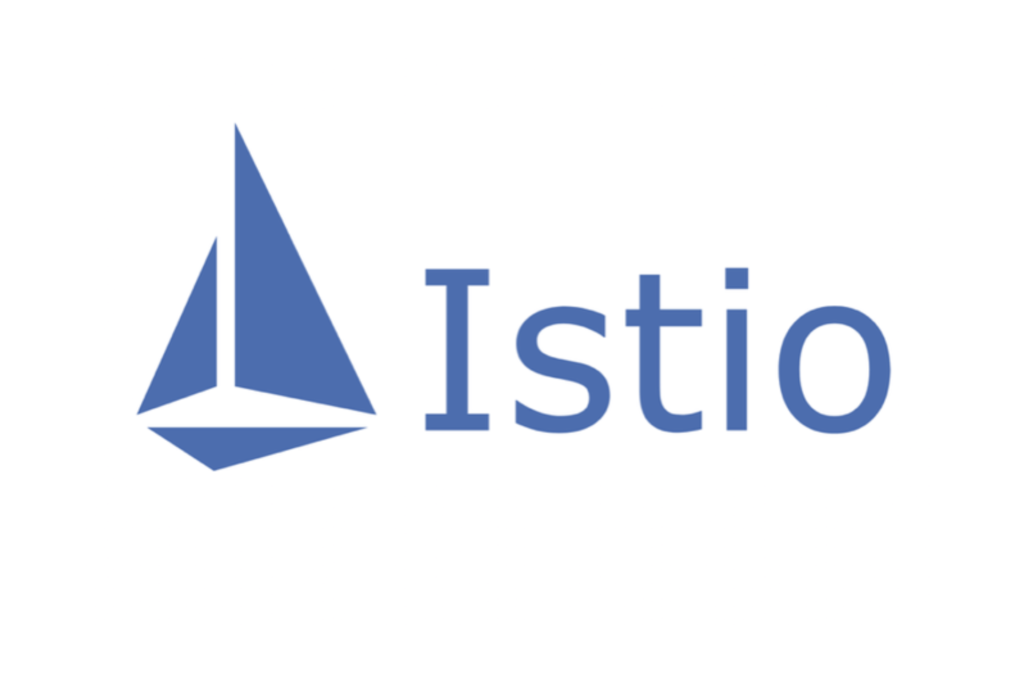In today’s interconnected world, microservices have become the backbone of modern software development. However, ensuring the security of these microservices is paramount to safeguarding your applications and data. In this comprehensive guide, we’ll explore how you can enhance the security of your microservices architecture using Istio, a powerful service mesh platform.
Istio is an open-source service mesh platform designed to connect, manage, and secure microservices. A service mesh is a dedicated infrastructure layer that handles communication between microservices, providing a way to manage and secure the interactions between them. Learn how to enhance the security of your Istio Gateway with our comprehensive guide. Discover best practices, tips, and tools to fortify your network and protect your services from potential threats.
Before you begin.
1. First Create a Kubernetes cluster using specific cloud provider or in minikube.
2. Setup Istio by following the instructions in the Istio.
3. Deploy a sample hello world application through the yaml.
apiVersion: apps/v1
kind: Deployment
metadata:
name: hello-world-deployment
spec:
replicas: 1
selector:
matchLabels:
app: hello-world
template:
metadata:
labels:
app: hello-world
spec:
containers:
- name: hello-world
image: gcr.io/google-samples/hello-app:1.0
ports:
- containerPort: 80804. Expose the deployment with a Service.
apiVersion: v1
kind: Service
metadata:
name: hello-world-service
spec:
selector:
app: hello-world
ports:
- protocol: TCP
port: 80
targetPort: 8080
type: ClusterIP5. Generate server certificates and keys
Before we start we required a domain name
Lets assume that devstackops.com is my domain name. You have the option to choose according to your preference.
mkdir certs
openssl req -x509 -sha256 -nodes -days 365 -newkey rsa:2048 -subj '/O=devstackops.com Inc./CN=devstackops.com' -keyout certs/devstackops.com.key -out certs/devstackops.com.crt
6.Generate a client certificate and a private key for your required subdomain
In my case my subdomain is hello.devstackops.com. You have the option to choose according to your preference.
openssl req -out certs/hello.devstackops.com.csr -newkey rsa:2048 -nodes -keyout certs/hello.devstackops.com.key -subj "/CN=hello.devstackops.com/O=devstackops organization"
7. Verify client certificate with the server certificate
openssl x509 -req -sha256 -days 365 -CA certs/devstackops.com.crt -CAkey certs/devstackops.com.key -set_serial 0 -in certs/hello.devstackops.com.csr -out certs/hello.devstackops.com.crt8. Create a secret for the ingress gateway
kubectl create -n istio-system secret tls hello-credential \
--key=certs/hello.devstackops.com.key \
--cert=certs/hello.devstackops.com.crt9. Configure the ingress gateway
kind: Gateway
metadata:
name: hello-gateway
spec:
selector:
istio: ingressgateway # use istio default ingress gateway
servers:
- port:
number: 443
name: https
protocol: HTTPS
tls:
mode: SIMPLE
credentialName: hello-credential # must be the same as secret
hosts:
- hello.devstackops.com10. Configure the virtual service for Istio
kind: VirtualService
metadata:
name: hello-virtual-service
spec:
hosts:
- hello.devstackops.com
gateways:
- hello-gateway
http:
- match:
- uri:
prefix: /
route:
- destination:
host: hello-service
port:
number: 8080Then deploy the gateway and virtual services to see your result.
If you find it’s useful, please don’t hesitate to share your thoughts in comments.



I know this web page presents quality based articles and additional information, is there
any other web site which provides these data in quality?
I think not